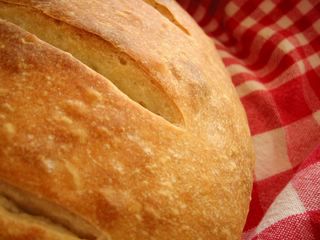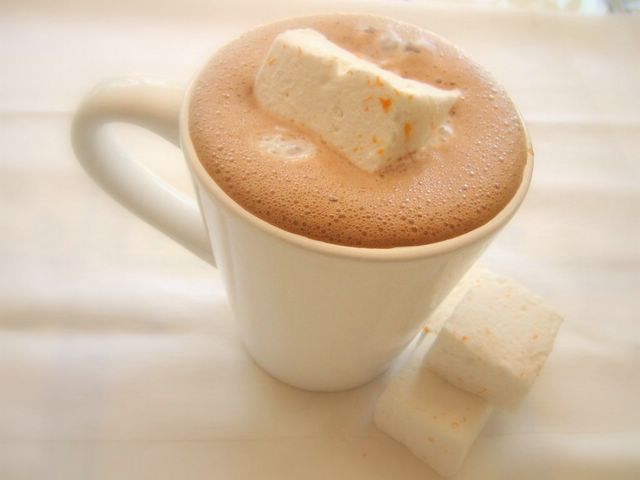And then there was Sourdough
Just days after having received my sourdough starter in the mail, I was able to bake my first sourdough bread.
I followed the recipe that came with my starter, kindly provided by King Arthur Flour. The instructions seemed pretty detailed, and I set off with confidence.
Looks like it worked, doesn't it?
I fed my starter and let it sit out overnight, about 10 hours. In the morning, I removed a cup or starter into a bit bowl, fed the remaining starter and let it bubble at room temperature for about 3 hours before sticking it back in the fridge. Letting the starter bubble at room temperature is the most efficientway to cultivate the yeast.
To the cup of starter, I added 3 cups of flour and 1 1/2 cups warm water. I stirred this well, covered it in plastic wrap and let it sit at room temperature for just over 2 hours. The directions stated that this "sponge" could be left a room temperature for 2-8 hours, where a longer sponge time will increase the sourness of the bread. I didn't have all that much time, so I opted for the shorter time.
To the sponge, after the 2 hours, I added 2 1/2 more cups of flour. I kneaded this in the bowl before turning out onto a floured board because the dough was quite sticky. After about 5-6 minutes, I put the dough ball into a greased, covered bowl for a rise of another 2 hours.
Then, I turned out the dough, shaped it into two balls and let it rise again on a baking sheet sprinkled with cornmeal. During the baking, I realised that I should have either greased the baking sheet or lined it with foil. I used parchment paper and it ended up looking quite singed by the high heat of the oven. I can't imagine that burnt sourdough would be all that great, so next time I'll skip the parchment.
After the loaves doubled in size, which took about 1 1/2 hours, I baked them for 22 minutes at 425F. The King Arthur directions say to bake for 20 minutes at 450F, but I forgot to double check the instructions before baking. Next time I would bake my loaves a bit longer at 425, or raise the temperature to 450 for a darker brown crust.
Overall, my bread was chewy with lovely irregular holes on the inside and had a nice crunchy crust. It was sour, but not overly so. I thought that the flavor was excellent, but I will let the sponge work for more than 2 hours to get a stronger flavor in the future. The crust did soften a bit as the bread cooled, so I think that next time I will try brushing the bread with an egg white before I bake it to see if that helps. I like a bread like this to be very crusty. I can't wait to try another batch!
If you want to hear more about sourdough, Anne's starter is almost ready and I'll bet that if you ask her nicely, she'll post about how her bread turns out!




<< Home